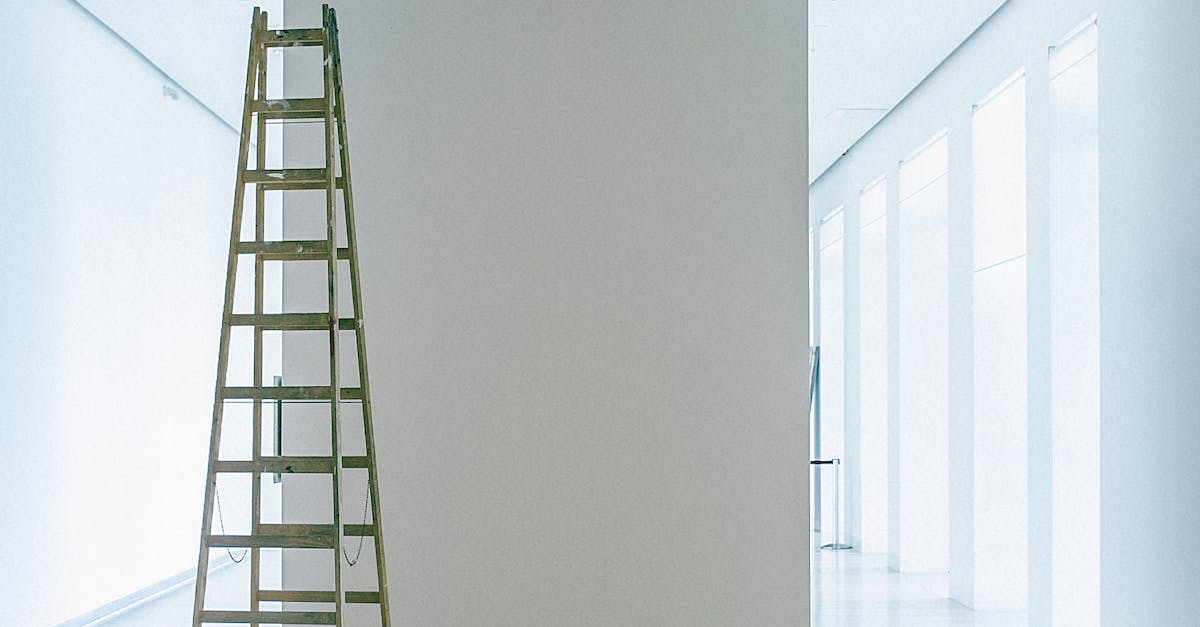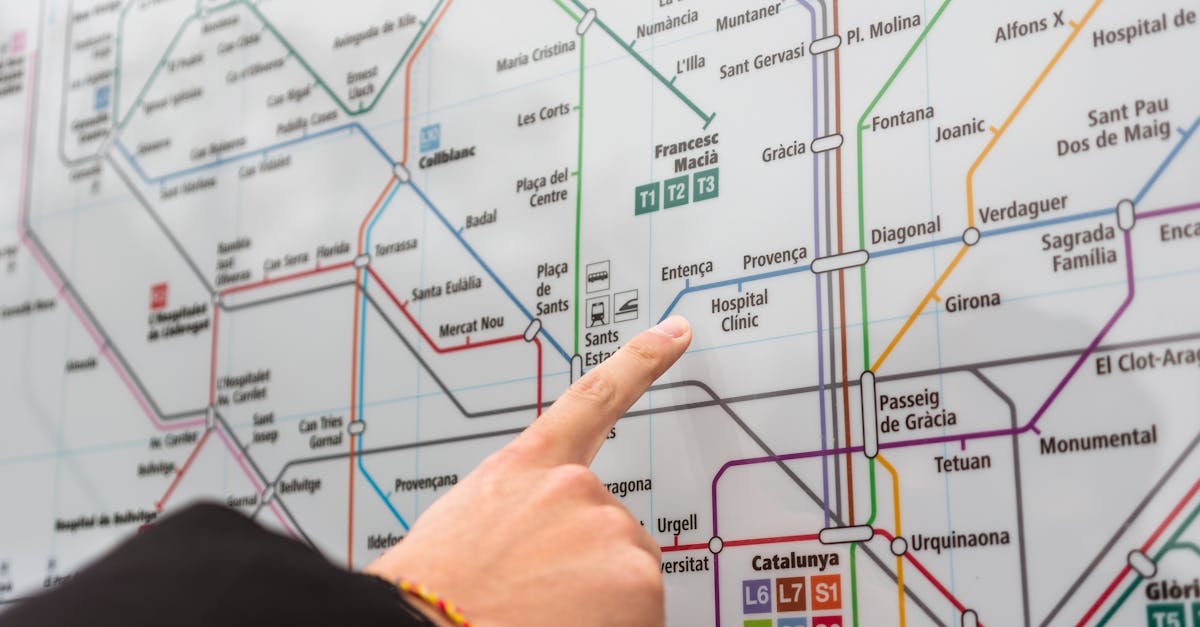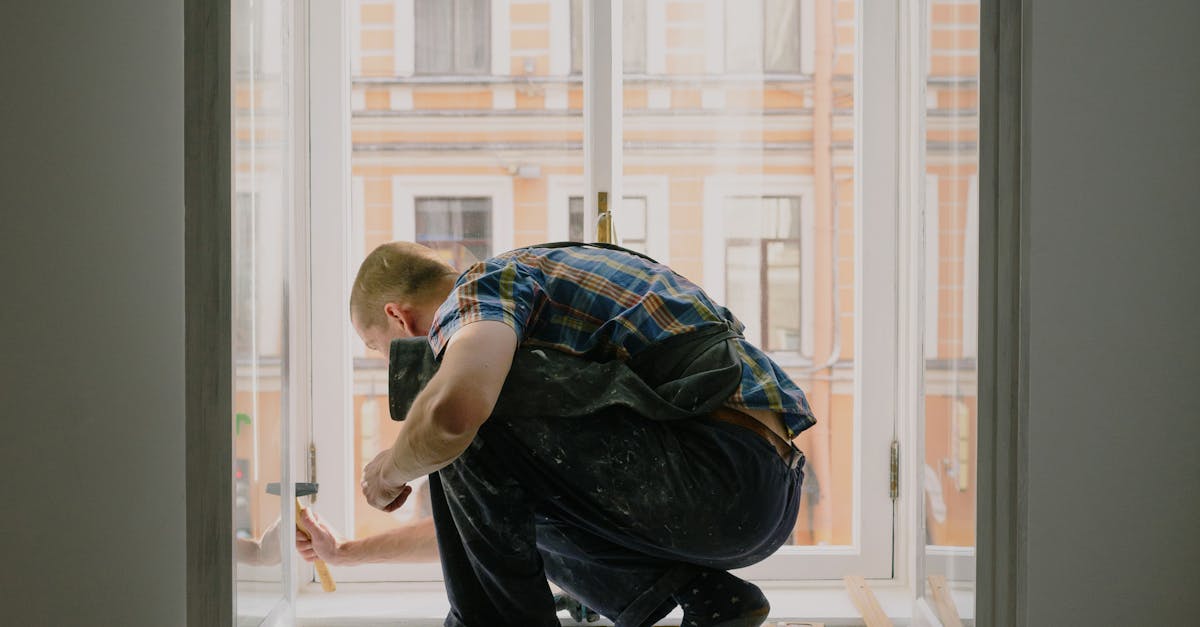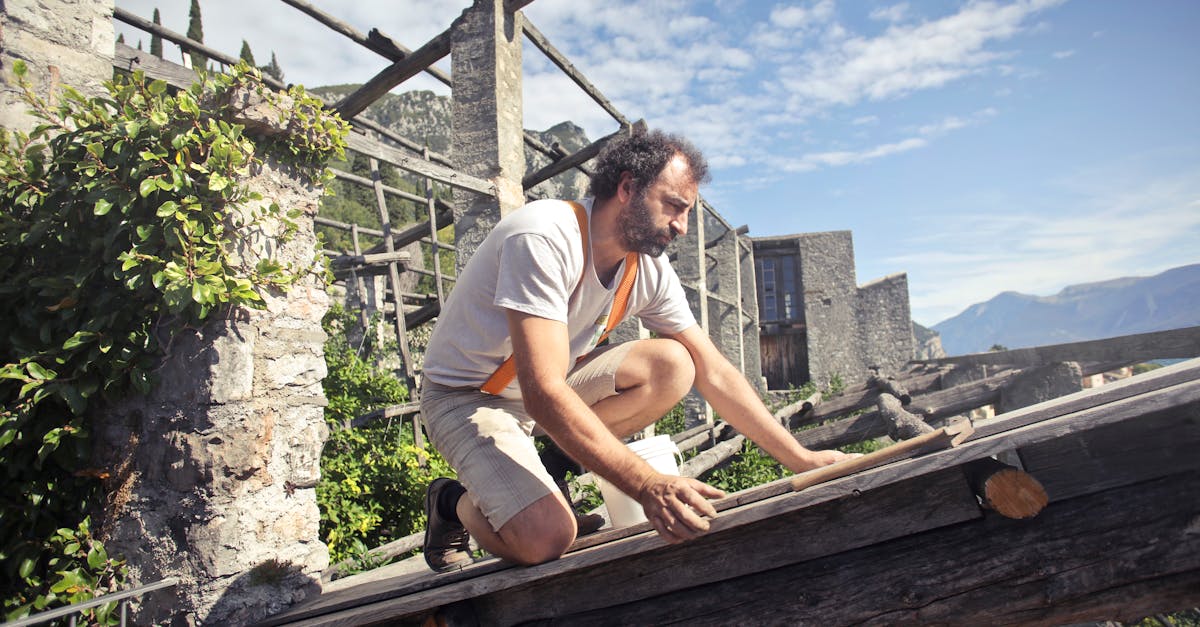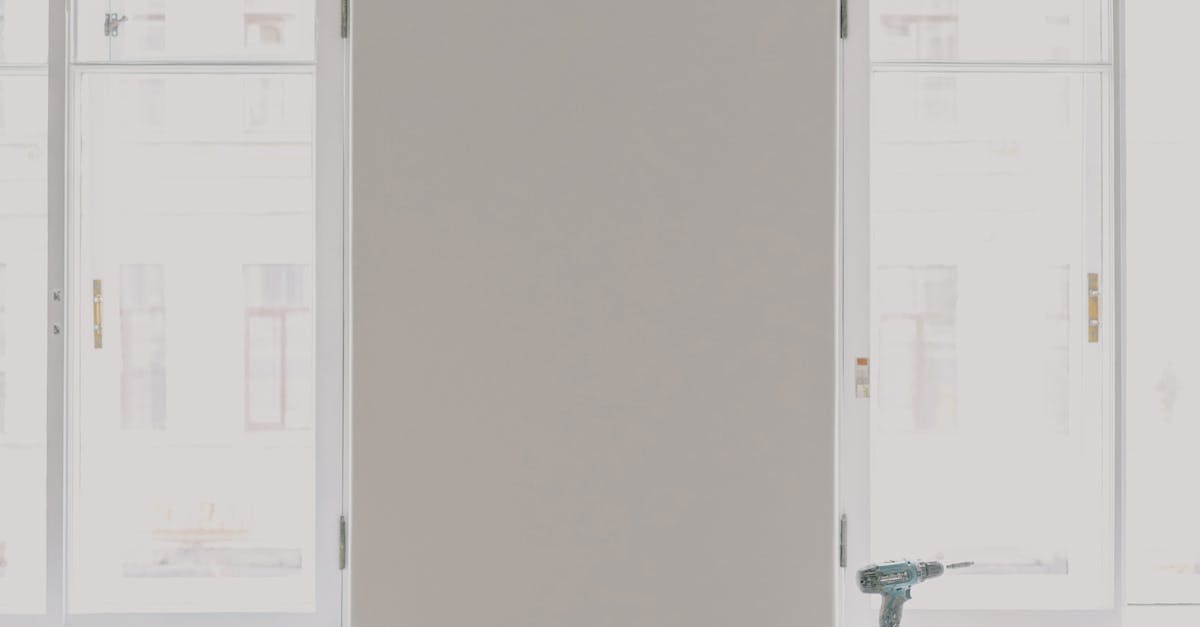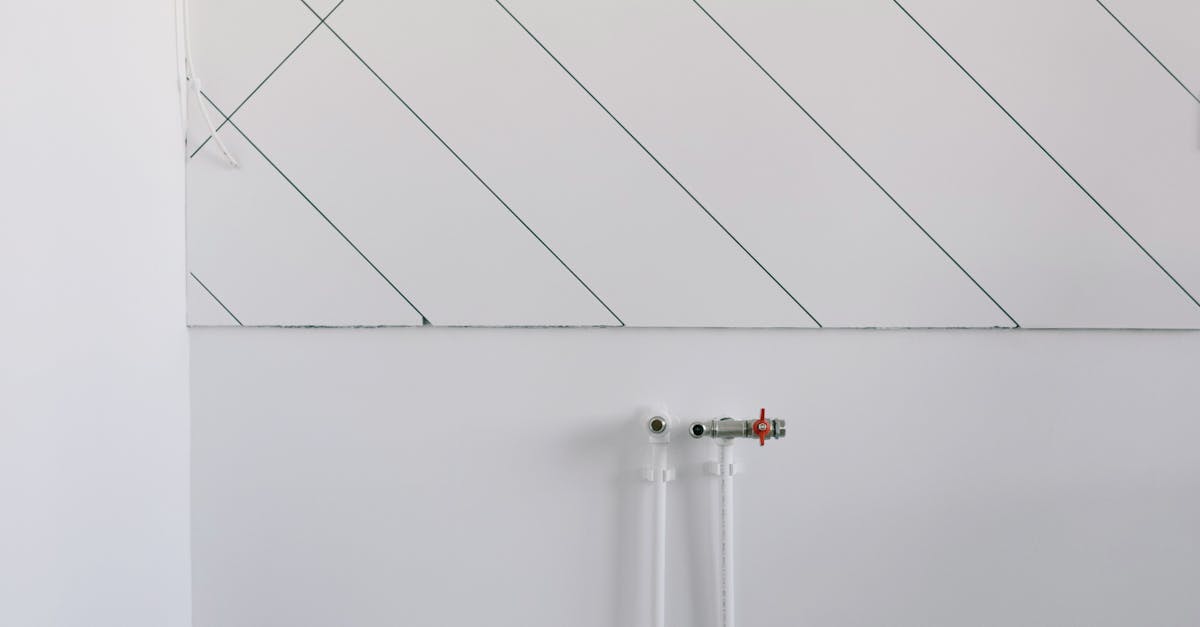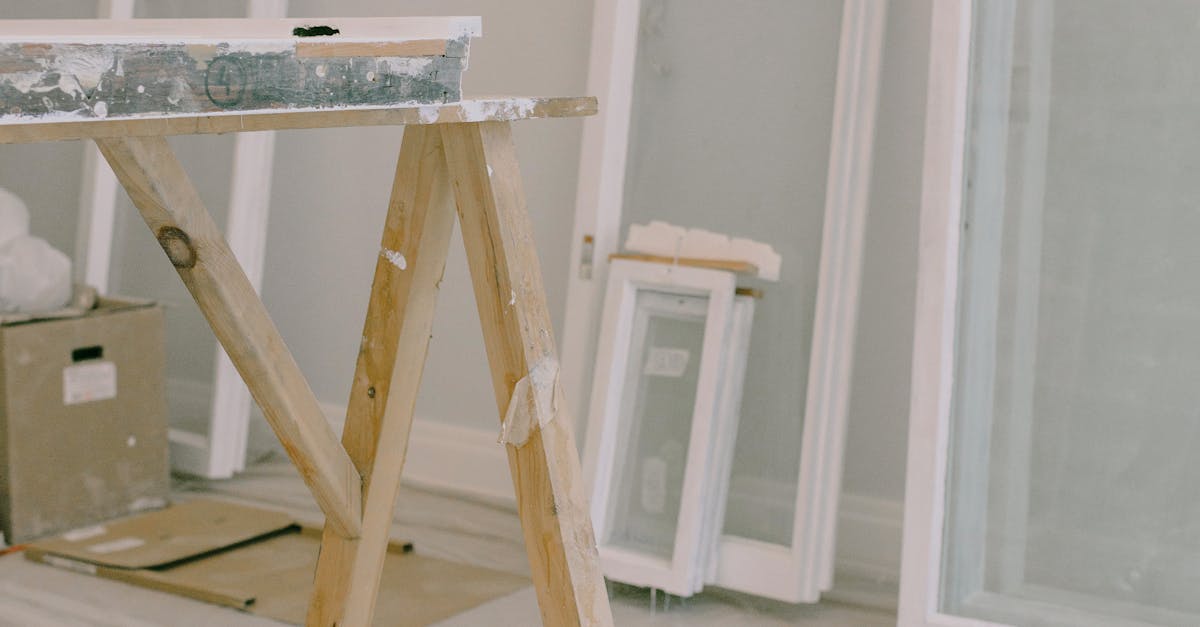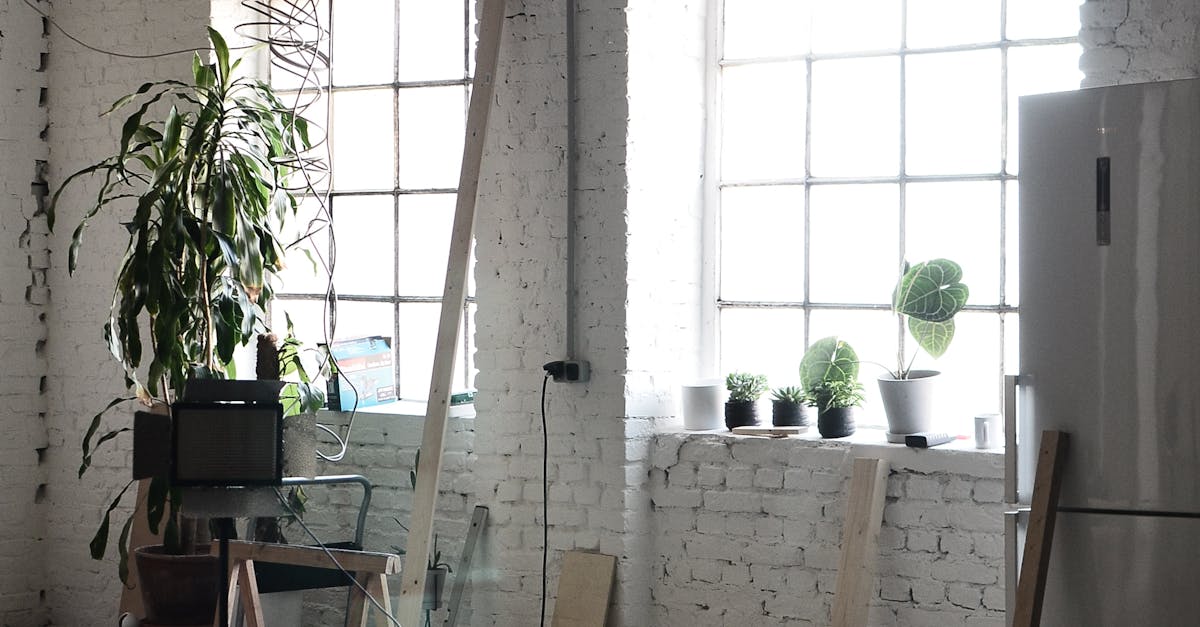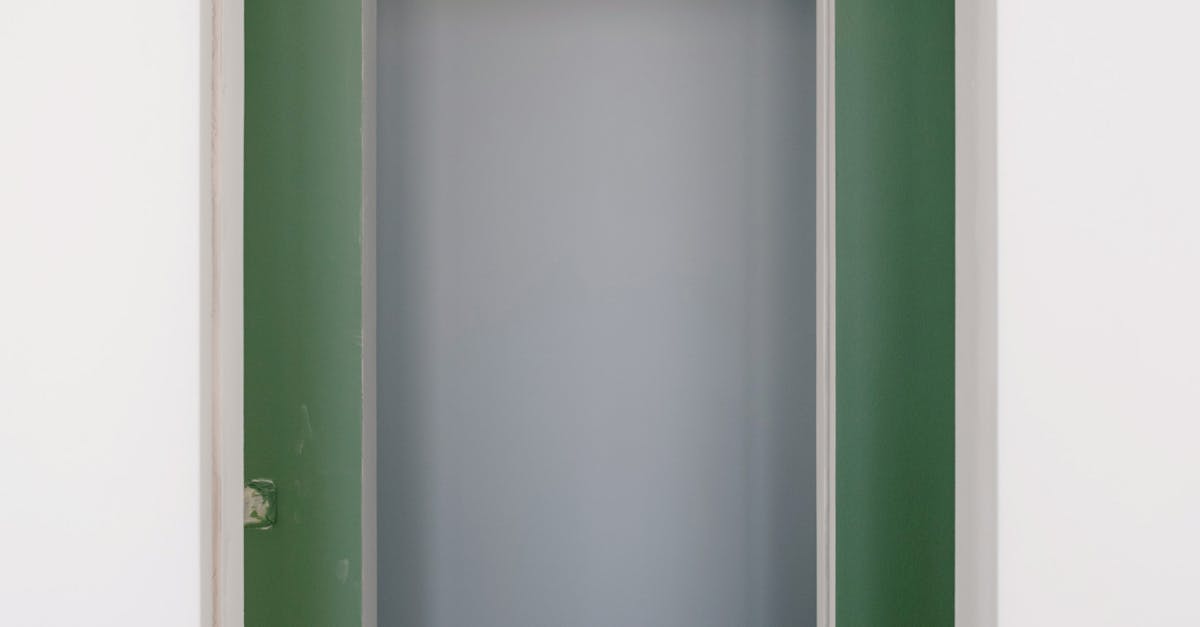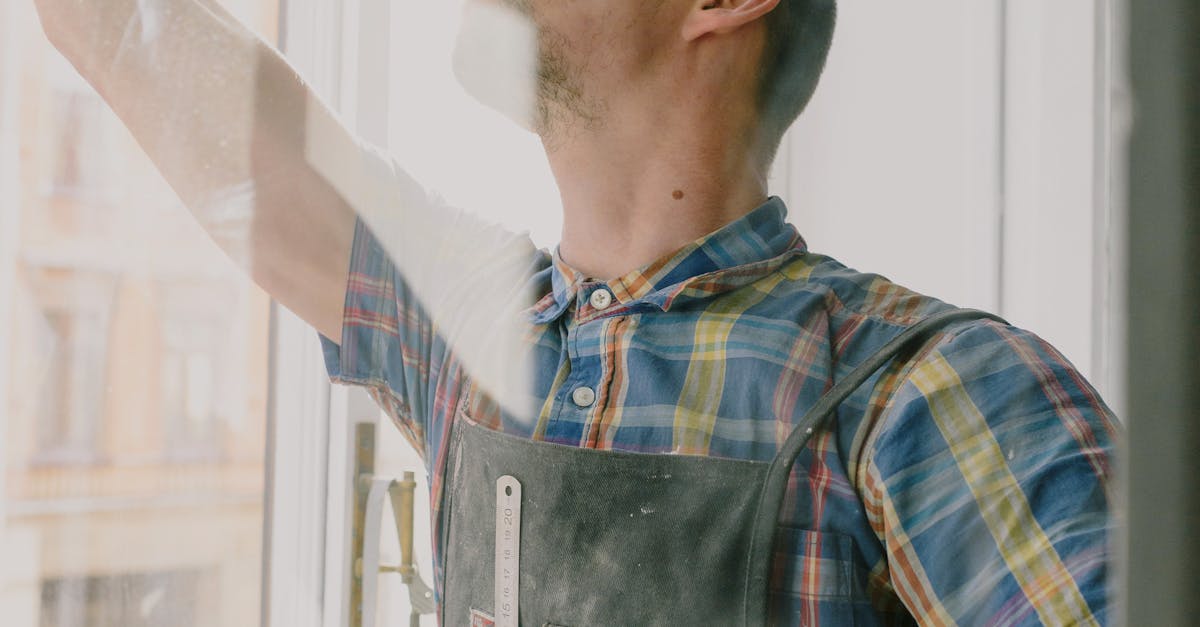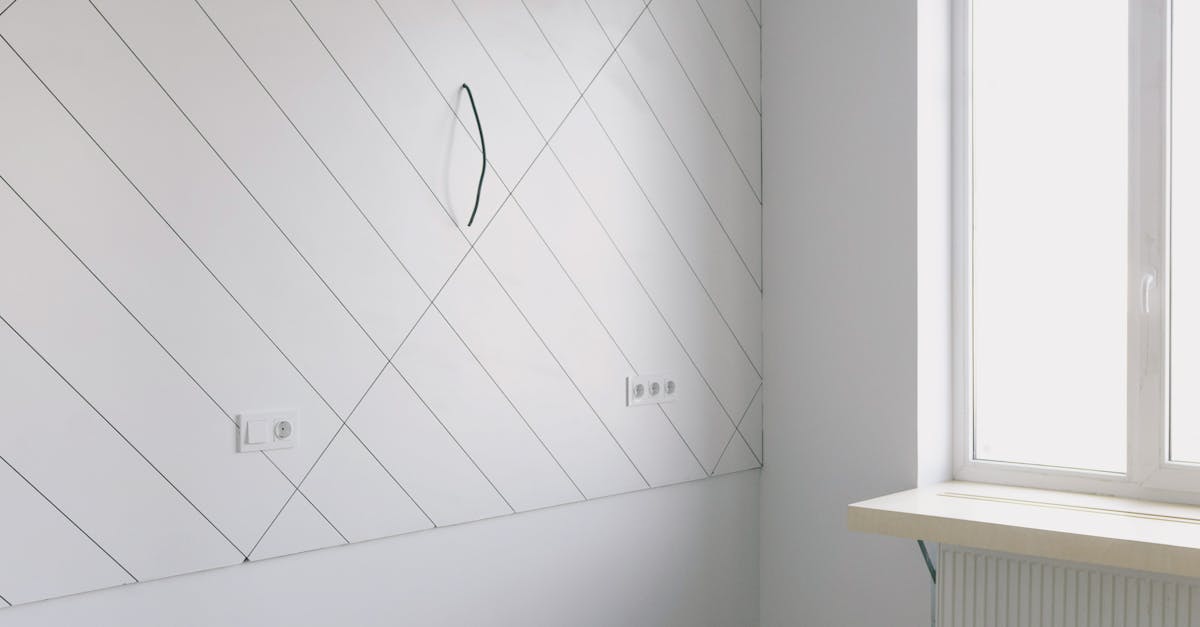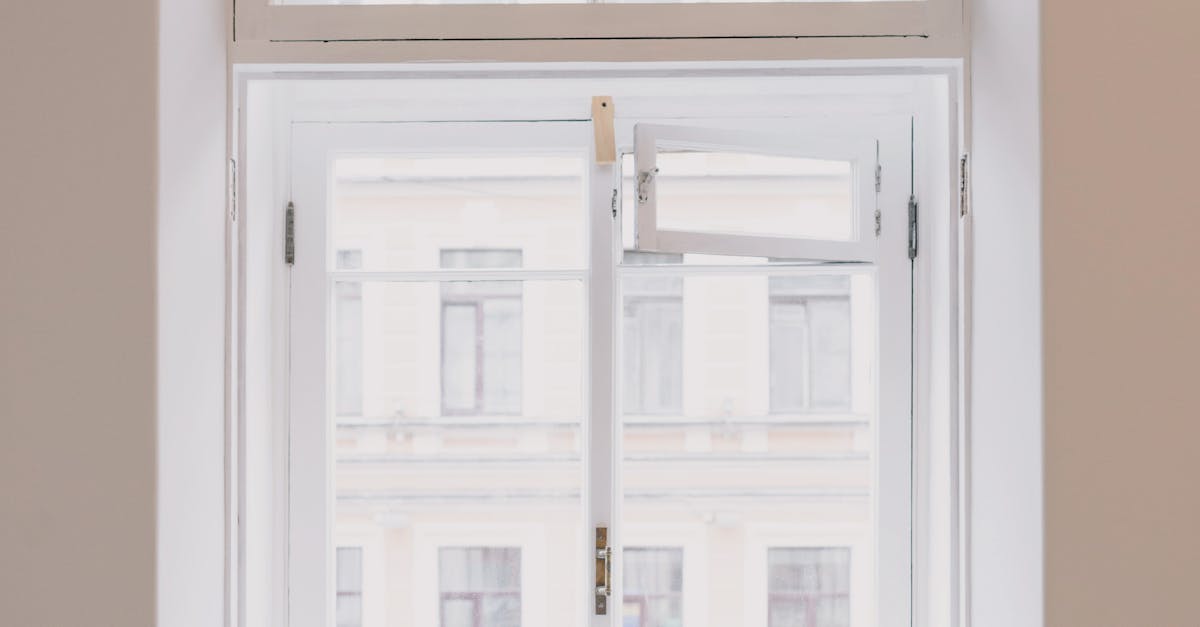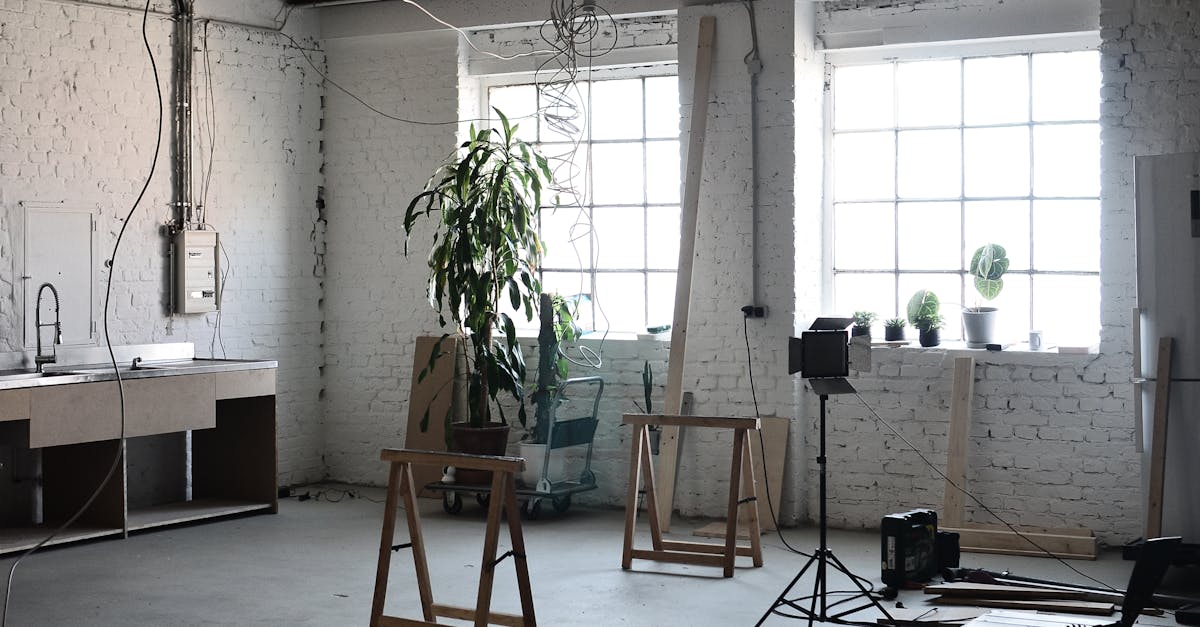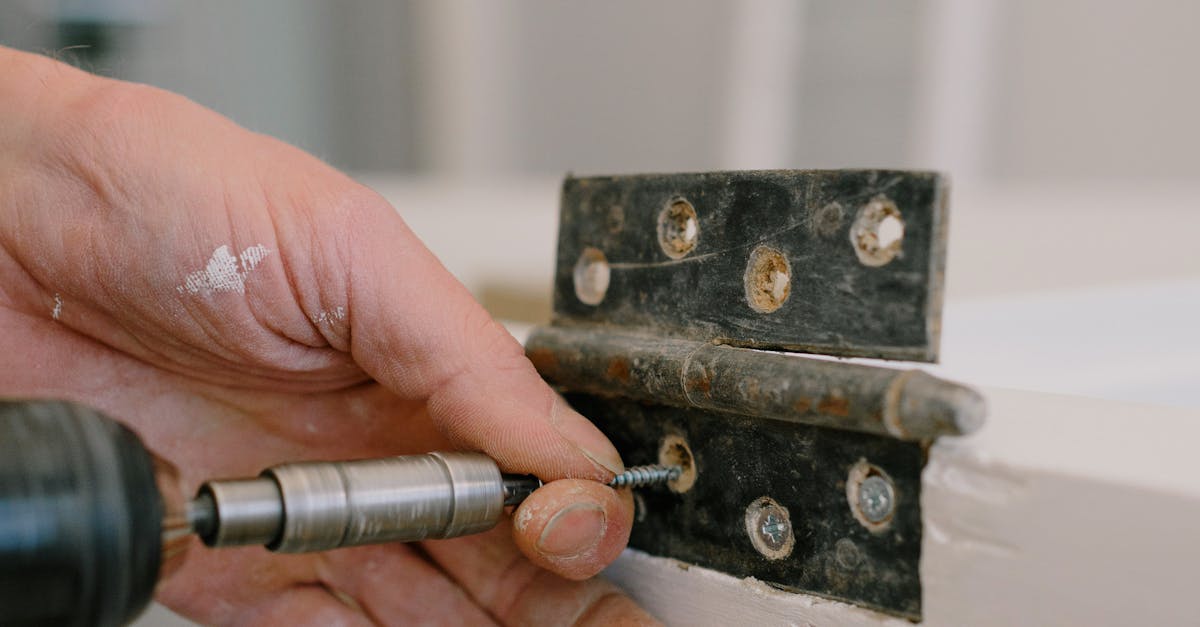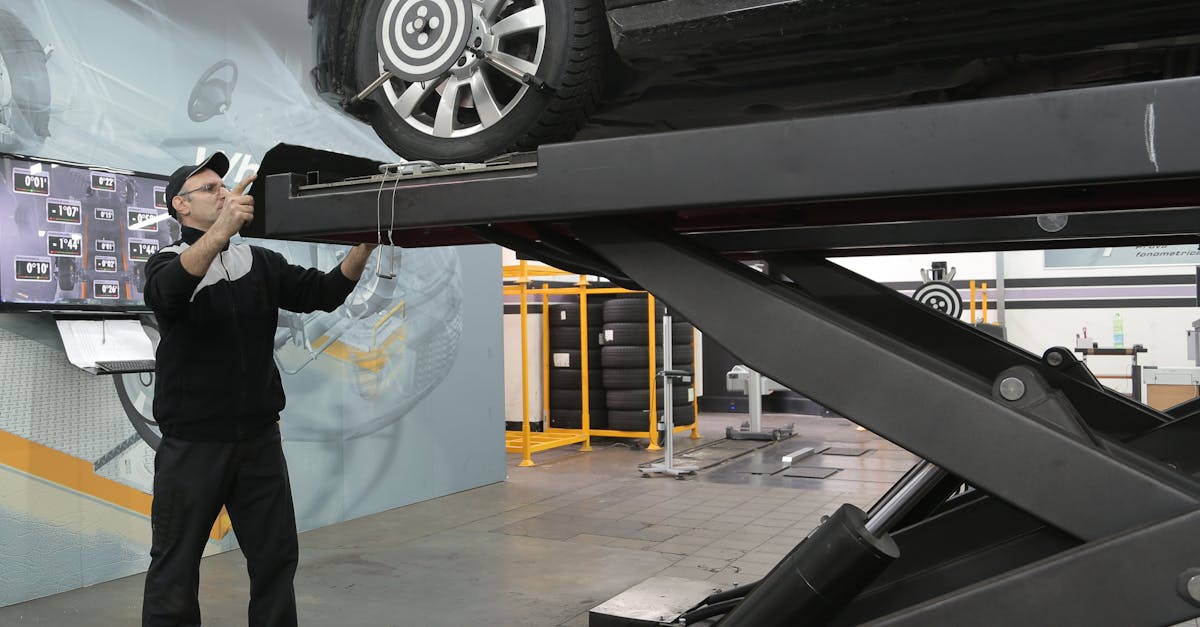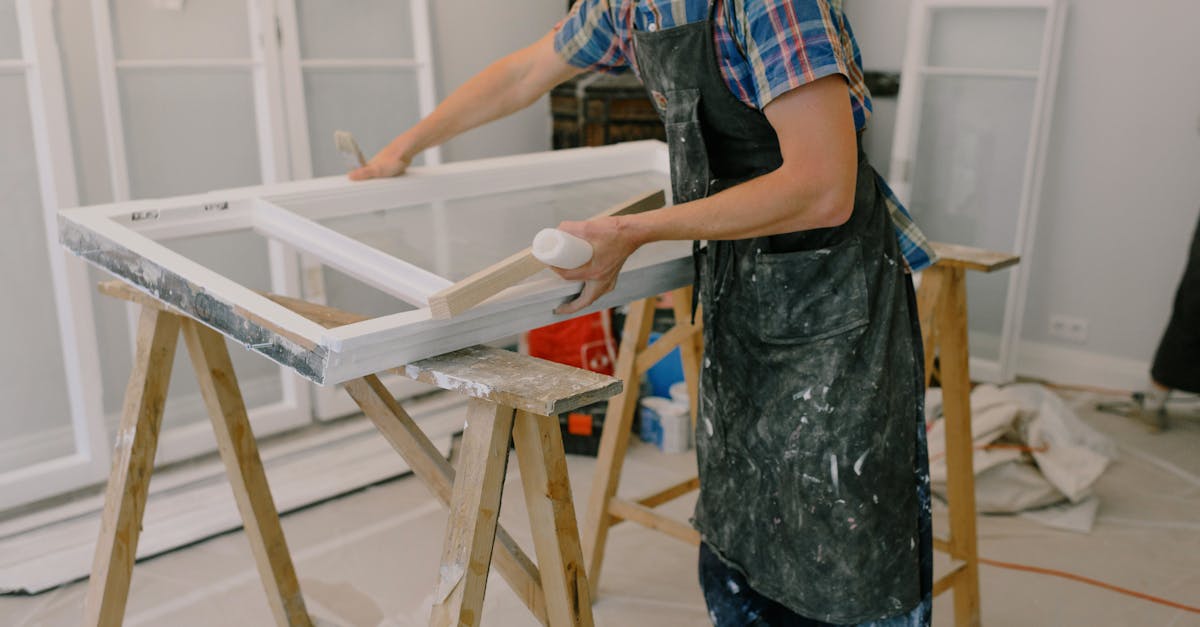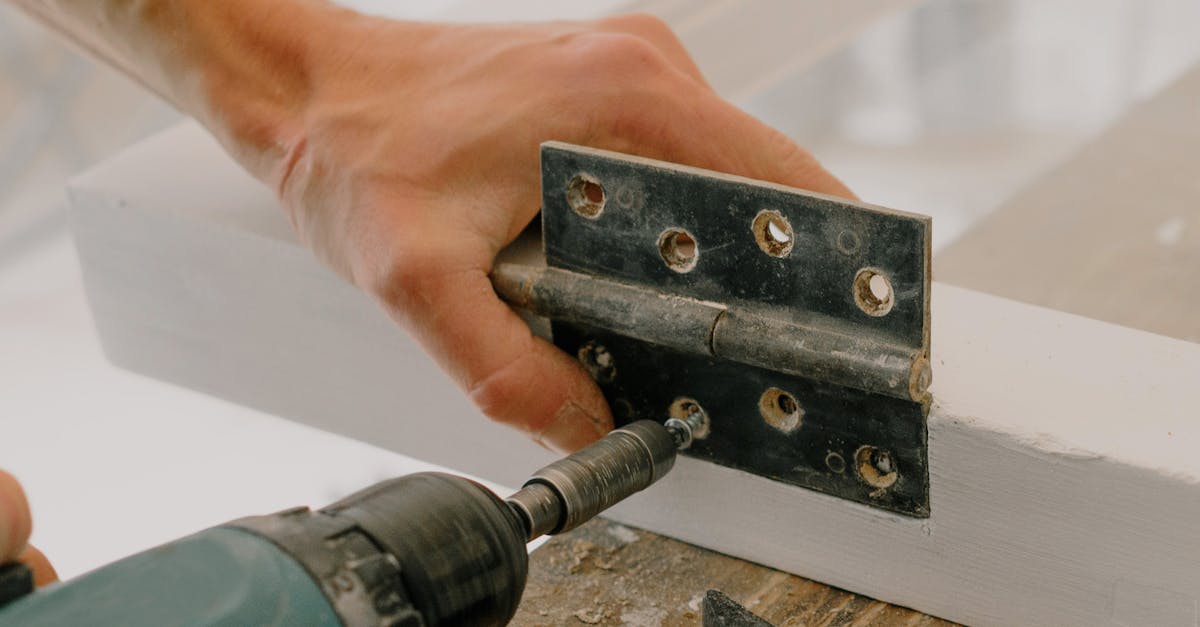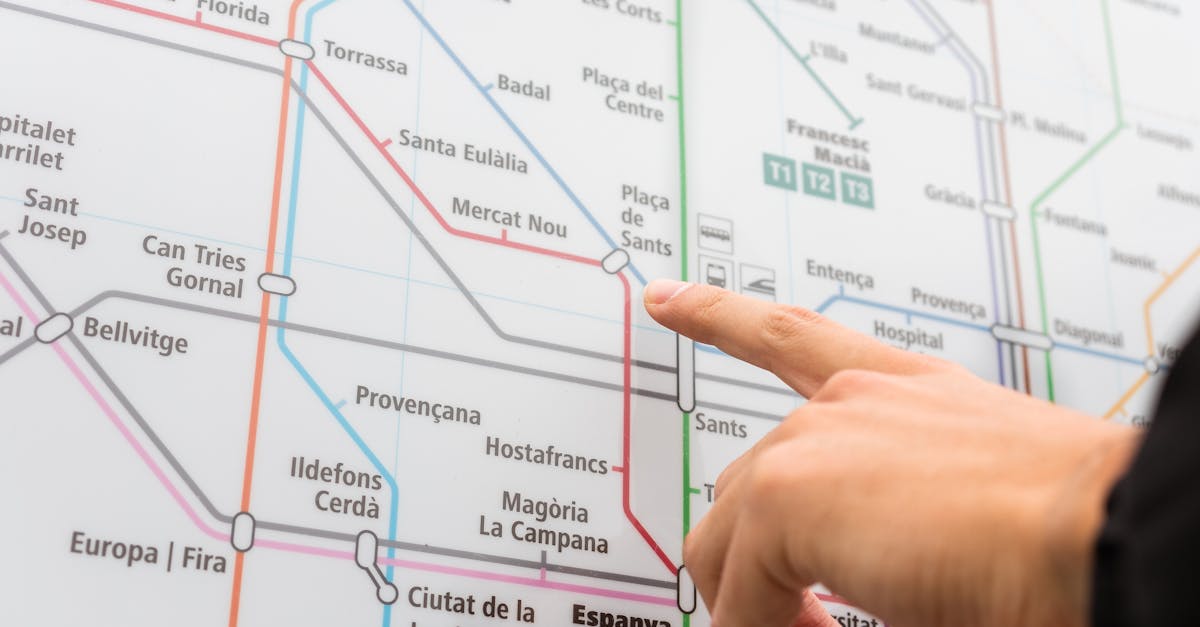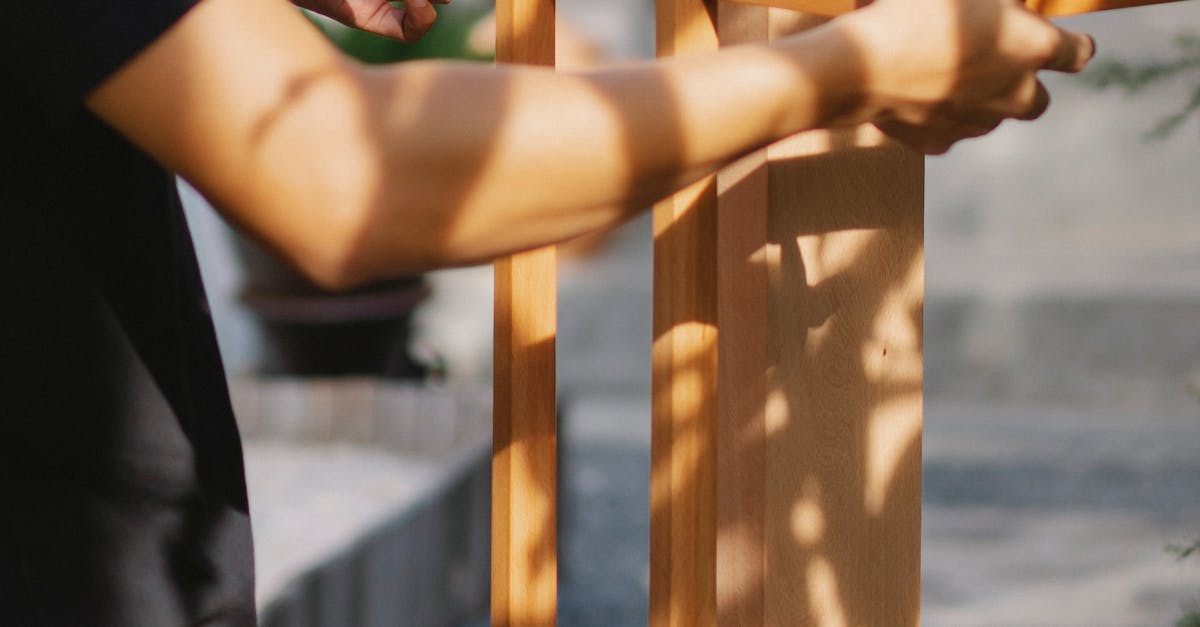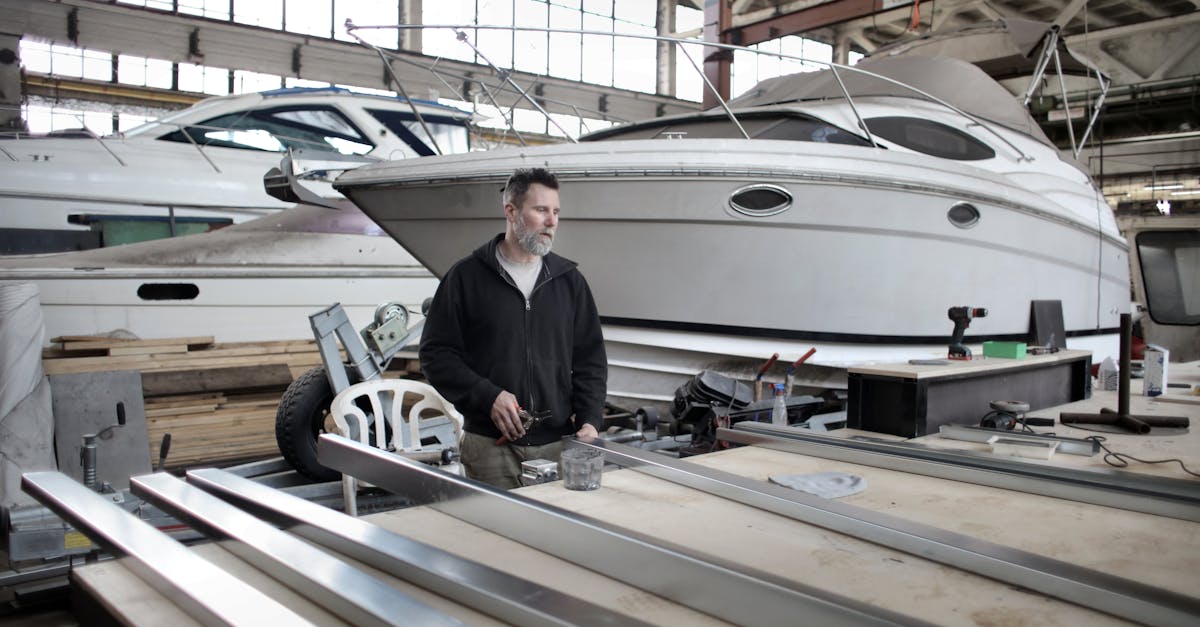
Table Of Contents
Benefits of Pipe Replacement
Pipe replacement can provide significant long-term advantages for homeowners. New pipes are often more durable and can withstand the pressures and wear associated with daily use. This durability reduces the likelihood of future leaks and breakages, leading to fewer repairs over time. Additionally, modern materials used in sewer line installation and repair offer superior resistance to corrosion and blockages, further enhancing the efficiency of the plumbing system.
Another key benefit of full pipe replacement is the improved flow capacity. Over time, older pipes can become constricted due to build-up from minerals and debris. Replacing these pipes removes such restrictions, allowing for better water flow throughout the system. This can be particularly advantageous in preventing potential backups and ensuring that the plumbing runs smoothly. Investing in new pipes ultimately leads to a more reliable and effective sewer system.
Why Opt for Full Replacement?
Full replacement of pipes is often the preferred choice in situations where extensive damage or deterioration has occurred. This method ensures that all underlying issues are resolved, which can improve the overall functionality of the plumbing system. Homeowners can feel assured that the new pipes will meet current building codes and provide a long-term solution, eliminating the risk of recurring problems associated with older infrastructure.
Sewer line installation and repair can be particularly challenging in older homes with outdated materials. By opting for full replacement, property owners can upgrade to modern, durable materials that are less susceptible to corrosion and damage. This proactive approach minimises future maintenance costs and increases property value, making it a wise investment for homeowners planning for the long term.
Environmental Considerations
Sewer line installation and repair have significant environmental implications that must be considered when choosing between pipe relining and replacement. Pipe replacement often involves extensive excavation, which can lead to disruption of local ecosystems, soil erosion, and habitat destruction. The removal of existing pipes and the installation of new ones generates waste, including old materials that may not be recyclable.
On the other hand, pipe relining presents a more environmentally friendly approach. It minimises the need for digging, thus reducing the potential for environmental damage. This method utilises existing infrastructure, resulting in less waste generated from discarded pipes. Furthermore, relining techniques often use materials that are designed to last longer, contributing to a reduction in the frequency of future repairs and installations.
Impact of Each Method on the Environment
The impact of each method on the environment varies significantly. Pipe replacement often requires extensive excavation, which can disturb local ecosystems and lead to soil erosion. This process may also contribute to increased carbon footprints due to machinery use and transportation of materials. Such activities can negatively affect flora and fauna in the area surrounding the sewer line installation and repair.
In contrast, pipe relining presents a more environmentally friendly option. This method typically involves minimal digging, preserving the surrounding landscape and reducing the risk of environmental damage. Since relining often utilises the existing infrastructure, it decreases the demand for new materials. This not only lessens the carbon impact associated with manufacturing and transporting new pipes but also conserves valuable resources.
Cost Analysis
When considering the financial implications of pipe relining versus full replacement, several factors come into play. Pipe relining generally offers a more cost-effective option, as it requires less excavation and disruption to the surrounding landscape. Materials and labour costs can be reduced significantly, making it an attractive choice for homeowners. Furthermore, the time taken to complete relining projects is often shorter, thereby minimising the overall labour costs associated with identical sewer line installation and repair tasks.
In contrast, full pipe replacement typically involves higher upfront costs due to the extensive labour and materials required for excavation and disposal of old pipes. These costs can escalate if the installation site has difficult terrain or if the existing sewer line is particularly deep underground. While a complete replacement may provide a longer-lasting solution, the immediate financial burden can deter some homeowners from opting for this route. Understanding these cost dynamics can aid in making the most informed decision regarding sewer line installation and repair needs.
Financial Implications of Relining vs. Replacement
When considering financial implications, pipe relining often presents a more cost-effective option compared to full replacement. The relining process typically involves less disruption and can be completed in a shorter timeframe, which reduces labour costs. Given the complexity and scale involved in sewer line installation and repair, this approach minimises expenses associated with excavation and restoration of the surrounding landscape.
On the other hand, while pipe replacement may have higher initial costs, it can also provide lasting value by eliminating ongoing maintenance issues. A new pipe system can enhance the overall infrastructure, potentially adding to property values. Property owners should weigh these factors, considering the long-term benefits and potential savings from reduced repairs and increased pipe longevity when deciding between relining and replacement.
FAQS
What is pipe relining?
Pipe relining is a trenchless repair method that involves inserting a flexible liner coated with resin into a damaged pipe, which then hardens to create a new, durable inner pipe.
How does pipe replacement differ from pipe relining?
Pipe replacement involves excavating the existing damaged pipes and replacing them with new ones, while pipe relining repairs the existing pipes without the need for extensive digging.
What are the benefits of pipe replacement?
Benefits of pipe replacement include the complete removal of damaged pipes, which can improve overall system flow and longevity, as well as the opportunity to upgrade to modern materials.
Are there environmental impacts associated with both methods?
Yes, pipe replacement generally has a larger environmental footprint due to the disruption caused by excavation, whereas pipe relining is less invasive and can reduce waste by using existing infrastructure.
Which method is more cost-effective, relining or replacement?
Pipe relining is often more cost-effective in the short term because it requires less labour and minimal excavation; however, the overall financial implications can vary based on the specific situation and long-term durability of each method.


